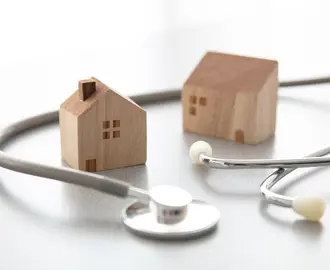Emergency department (ED) overcrowding is a major problem at many hospitals. Often, this overcrowding is due to bottlenecks as patients wait for CT scan results. In fact, each CT can add up to 150 minutes of wait time for patients. Beyond being inconvenient—and even dangerous during the pandemic—length of stay is an important performance indicator when evaluating ED quality of care.
For her Organizations Lab project, Dr. Miriam Bredella, EMBA '22, set out to reduce emergency department imaging turnaround times at a major urban hospital.
That’s why Executive MBA student Miriam Bredella, MD, set out to reduce turnaround times for ED imaging studies at a major urban hospital for her MIT Sloan Action Learning Organizations Lab project. At this hospital, CT turnaround significantly exceeded the national standard: a finalized report within four hours of an order. When she began, only 64 percent of CTs met this goal. She aimed for at least 90 percent of CTs to meet the standard.
This project allowed Bredella, a radiologist, to look at her job through a different lens—literally. She devised ways to limit staff interruptions and to optimize staffing, with greater communication between the ED and radiology. Her streamlining recommendations included a protocol where physicians can order scans only after seeing a patient to determine true need, as well as a process to prepare patients for scans with IVs and lab-work cued up in advance.
Her recommendations were well-received and even transformative.
“My radiology colleagues and our technologists who perform the scans were extremely appreciative that someone cared about their work environment and workflow and listened to their concerns. My chair was very impressed by the detailed staffing analyses and recommendations, which have already been implemented,” she says.
Due to the project’s success, Bredella was promoted to vice chair for clinical operations in her department. Bredella also launched a working group with ED and radiology leaders in different role groups, aiming to improve workflow between the ED and radiology and to reduce length of stay.
“This was one of the most impactful courses of my Executive MBA. The project has emphasized the need for developing systems that lead to reliable transfer of information without back-and-forth and associated interruptions,” she says.
Interested in taking an Action Learning lab? Learn more
It also changed her personal working style.
“This taught me the importance of observing workflows on-site and listening to the people involved, who often have great ideas and solutions for the problem at hand,” she says.



